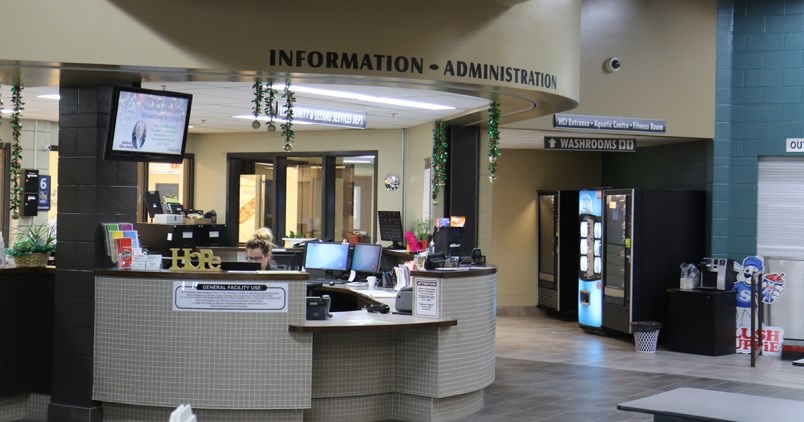HUMBOLDT — The city is ensuring everyone has the opportunity to tackle those new year fitness goals.
Jan. 1, 2020 saw the launch of the new Leisure Access Program, which offers a one-year leisure pass for low income families and individuals.
According to the qualifications, income and the number of family members will determine eligibility with household incomes ranging from $19,844 to $52,514 to qualify.
Applications will be accepted and processed all year round, said Michael Ulriksen, director of community and leisure services, and are even open to those who are having short term financial problems.
The director said applications are already coming in, meaning word is getting out that the program is available. The city is specifically working with local services groups to ensure residents using those services know about the program.
“Hopefully it meets the benefits of those who are unable to use our facilities otherwise.”
The mandate for the Community and Leisure Services department is to get people more active, Ulriksen said, especially by giving people access to citywide facilities, trails and parks.
For some Humboldt and area residents, income can become a barrier to being active.
Previously lowering the Leisure Pass rates to $40/month has already been a huge success and has increased facility usage, Ulriksen said, but there are still Humboldt residents who are struggling to afford these rates.
“There’s always going to be a price point where we can’t lower the price so low that everyone can access the facility and cover the price of running the facility.”
There has to be a balance, he said. Facility expenses have to be covered or the burden falls too heavily on the taxpayers, some of whom are also members of a low income households.
“We just want people being active in a healthier, more vibrant community,” Ulriksen said. “If this is one way to get a small portion of our community who can’t afford to be in our facility in our facility more frequently, it’s a benefit to everyone.”
This is just one piece of the larger puzzle of maintaining facilities and making facilities accessible. Ulriksen said he hopes to see the benefits in the years ahead.



